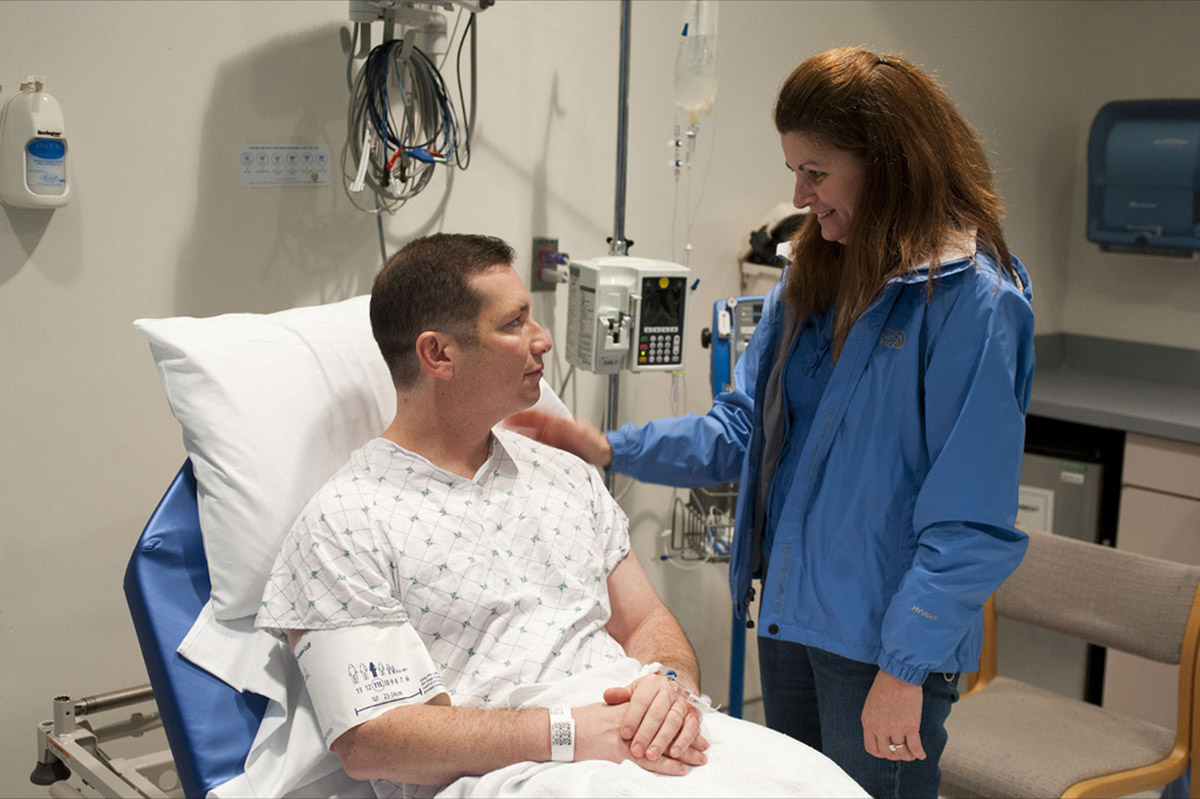Table of Contents
Types Of Bone Marrow Transplantations
The soft tissue inside the bone is called bone marrow. It contains immature cells, known as stem cells, that develop into platelets and red and white blood cells. Certain diseases can cause the bone marrow to function improperly.
When cells are collected from the donor’s bloodstream, the procedure may be referred to as a stem cell transplant. When the cells are retrieved through the bone marrow, the procedure is usually called a bone marrow transplant. There are a few different types of bone marrow transplants. The type of procedure advised often depends on the condition being treated, overall health of the patient and the availability of a matching donor.

An allogeneic transplant involves receiving marrow from a donor. The donor can be a relative or unrelated. Either way, the donor must go through a series of tests to make sure they are compatible and a good match for the patient. Certain types of cancers may respond to an allogenic transplant including lymphoma, aplastic anemia and leukemia.
An autologous transplant involves using a patient’s own marrow, which is collected prior to high dose chemo. After the marrow is collected, high doses of chemotherapy are administered with the goal of destroying cancer cells. The marrow is than transplanted into the patient with the hope the marrow will mature into healthy cells. An autologous transplant may be recommended to treat multiple myeloma, Hodgkin’s disease and lymphoma.
Indications For Marrow Transplantation And Complications
Bone marrow transplants are primarily indicated to treat certain types of cancer. In many instances, treatment, such as radiation and chemotherapy will be attempted first. If chemo and radiation fail to get the patient into remission, a bone marrow transplant may be recommended. Some patients will go into remission after their initial treatment with chemo but may relapse at a later time. A transplant may also be advised for people with cancer which has relapsed.
Although a bone marrow transplant may be one of the only treatment options left, it does have several risks and possible complications. Some risks and complications are partly due to the high levels of chemotherapy, which the patient takes prior to the transplant. Other complications can occur due to the infusion of the bone marrow. One of the biggest complications is rejection of the marrow. The body recognizes the marrow is foreign, which causes the body to attack the marrow cells. A condition called graft versus host disease can develop.
In many cases, there are less complications with an autologous transplant. Since the marrow is from the patient’s body, there is little risk of rejection. But some forms of cancer respond better to an allogeneic transplant.
READ Leukemia: The Blood Cancer
There is also a risk the transplant will not work. For unknown reasons, the body may not accept the transplanted marrow. Failure is more likely if the donor and patients are not well matched.
- blog.dana-farber.org/insight/2012/11/stem-cell-vs-bone-marrow-transplant-what%E2%80%99s-the-difference/
- http://bethematch.org/Support-the-Cause/Donate-bone-marrow/Donation-FAQs/
- Photo courtesy of Fort Meade via Flickr: www.flickr.com/photos/ftmeade/6600246349
- Photo courtesy of andydr via Flickr: www.flickr.com/photos/andydr/45514657
- Photo courtesy of Fort Meade via Flickr: www.flickr.com/photos/ftmeade/6600246349

